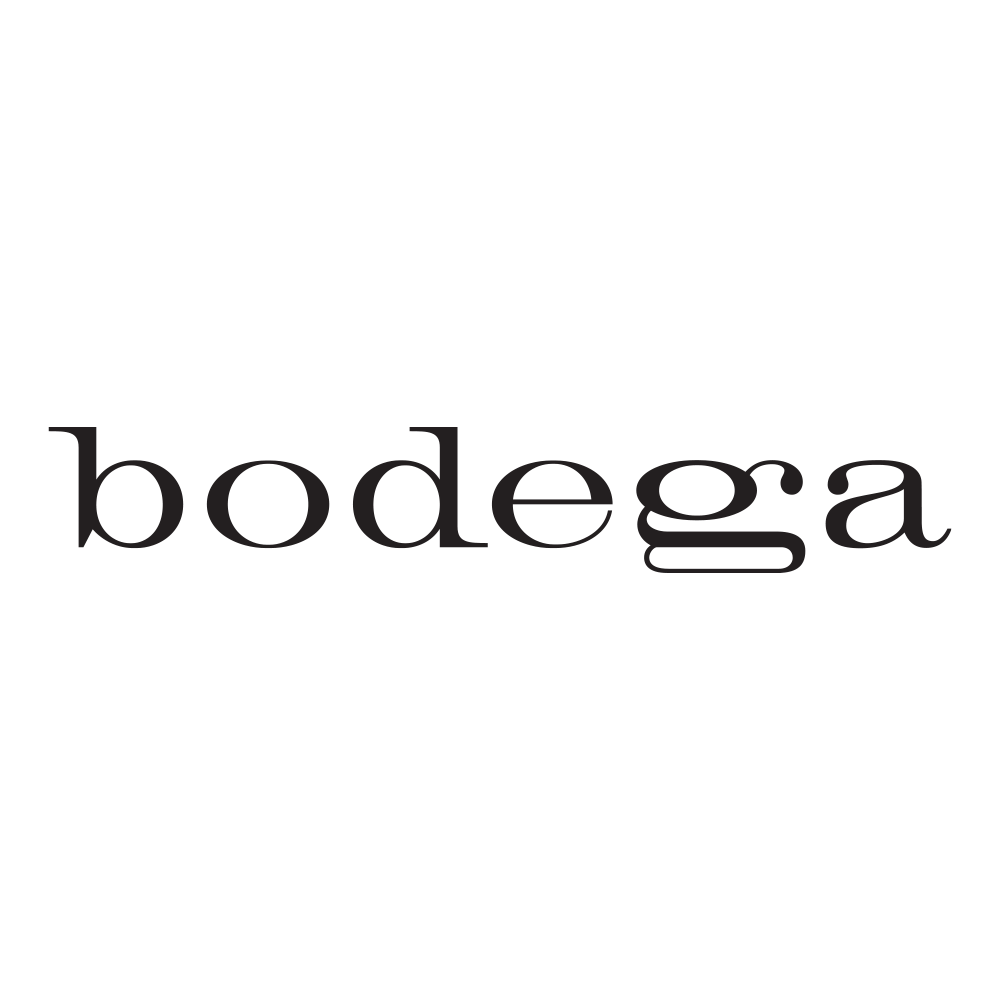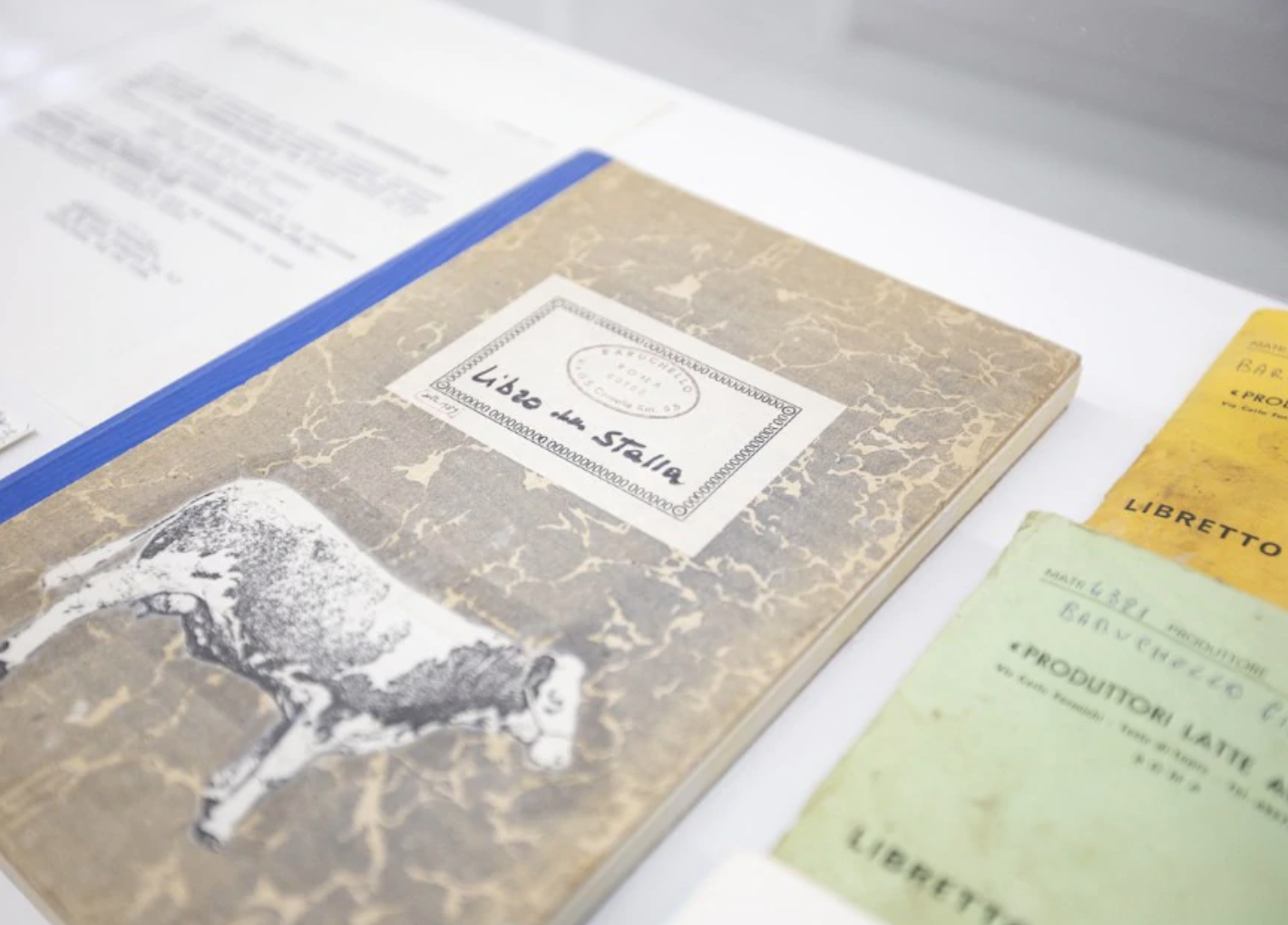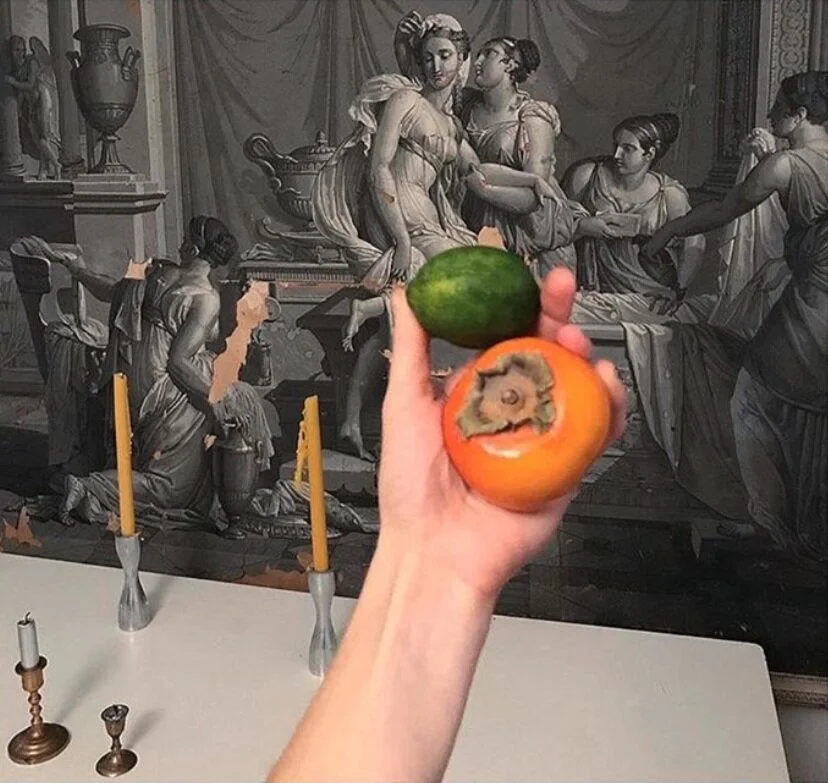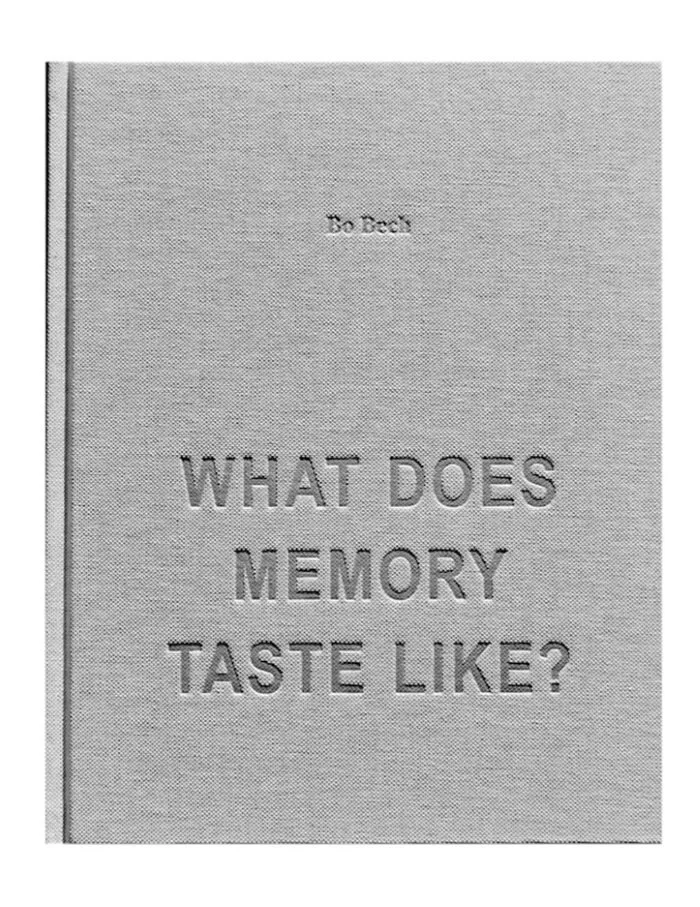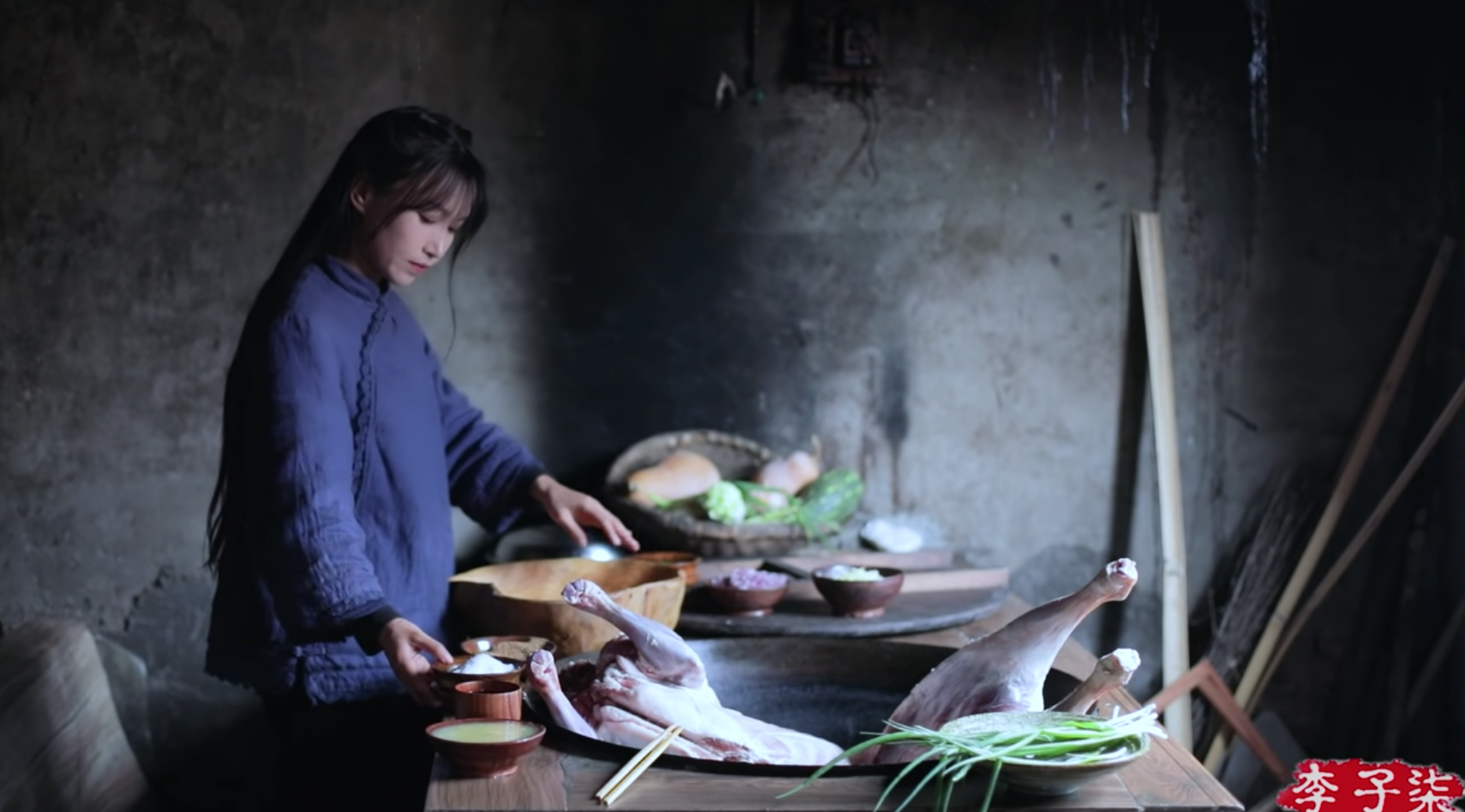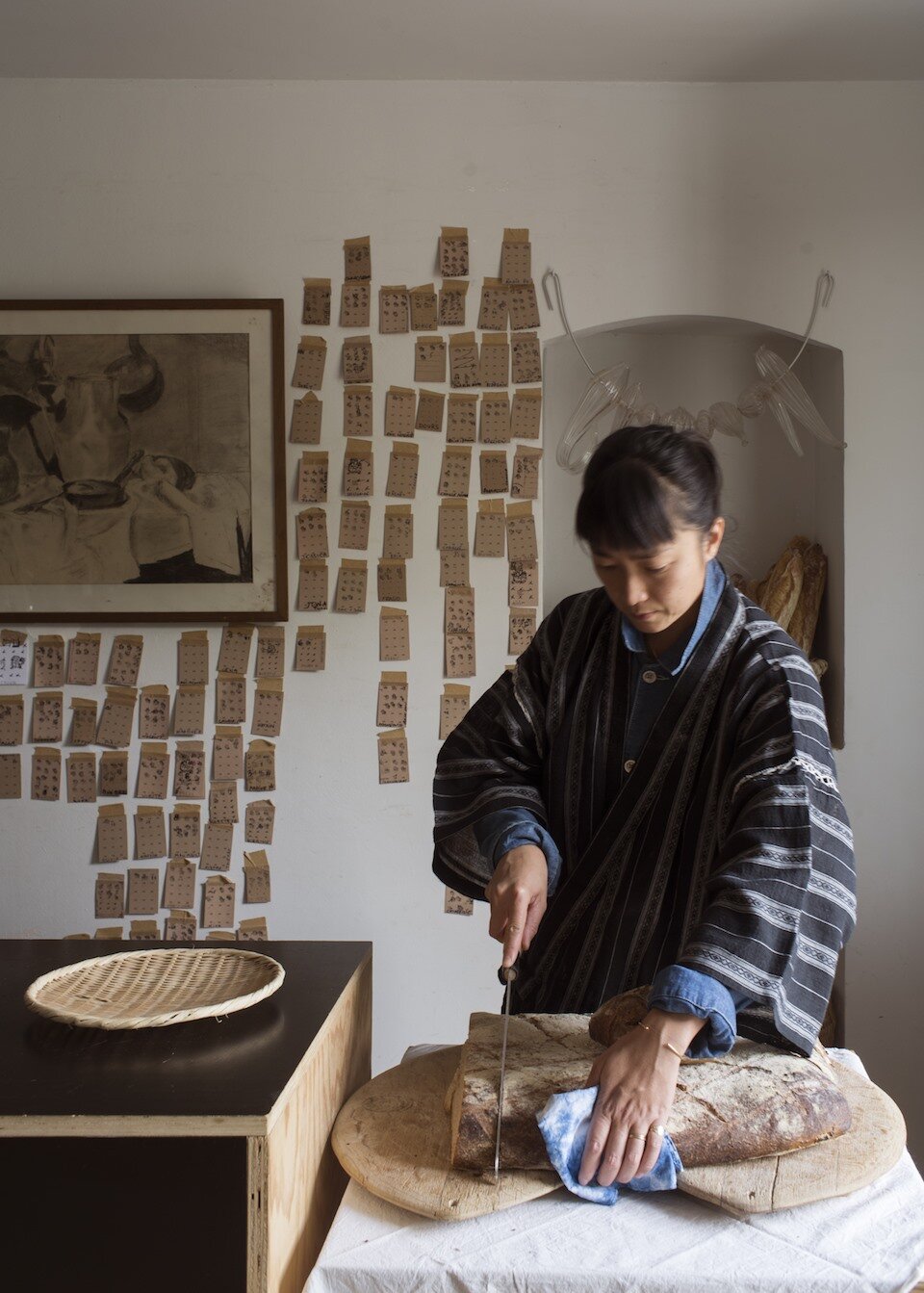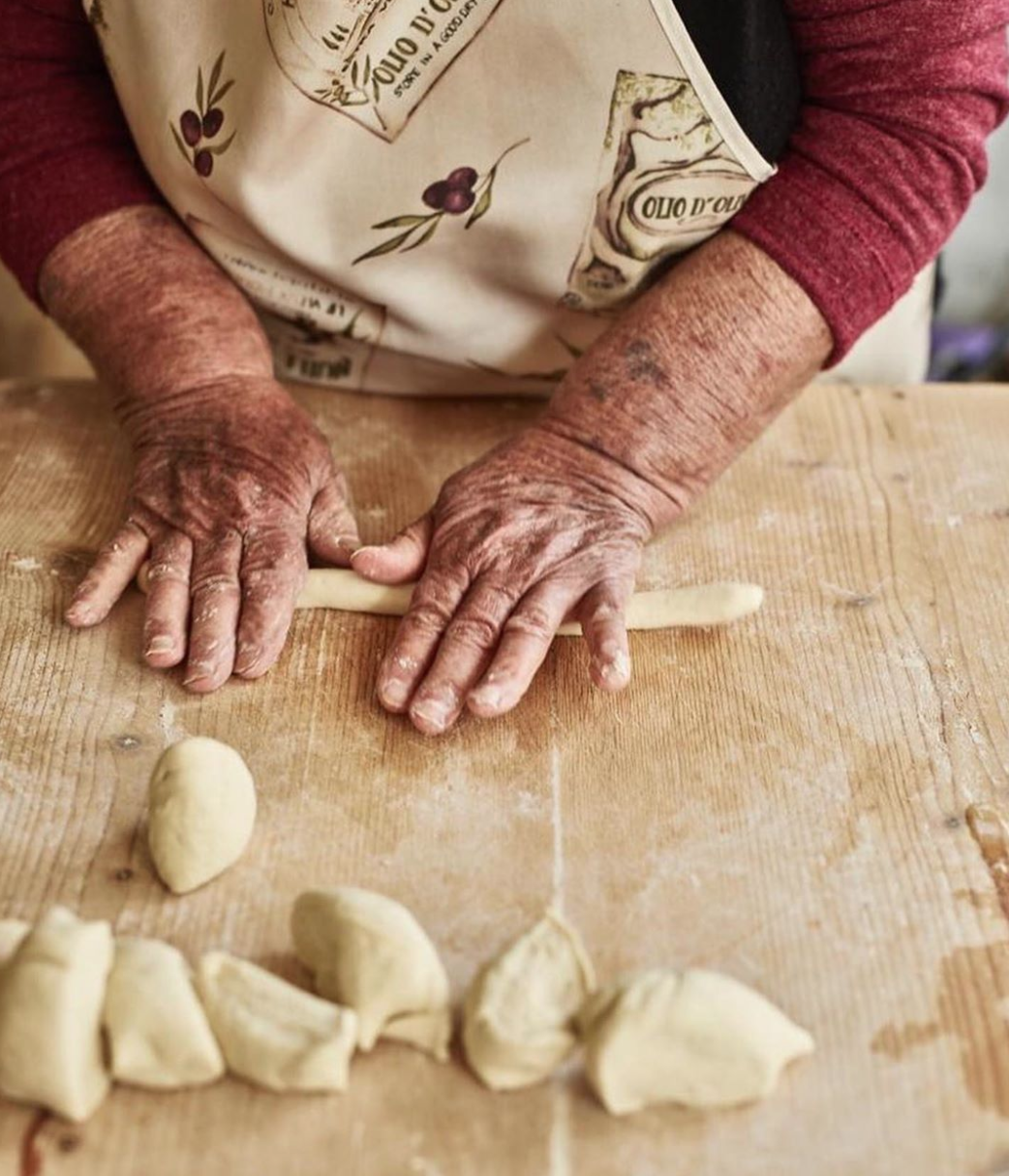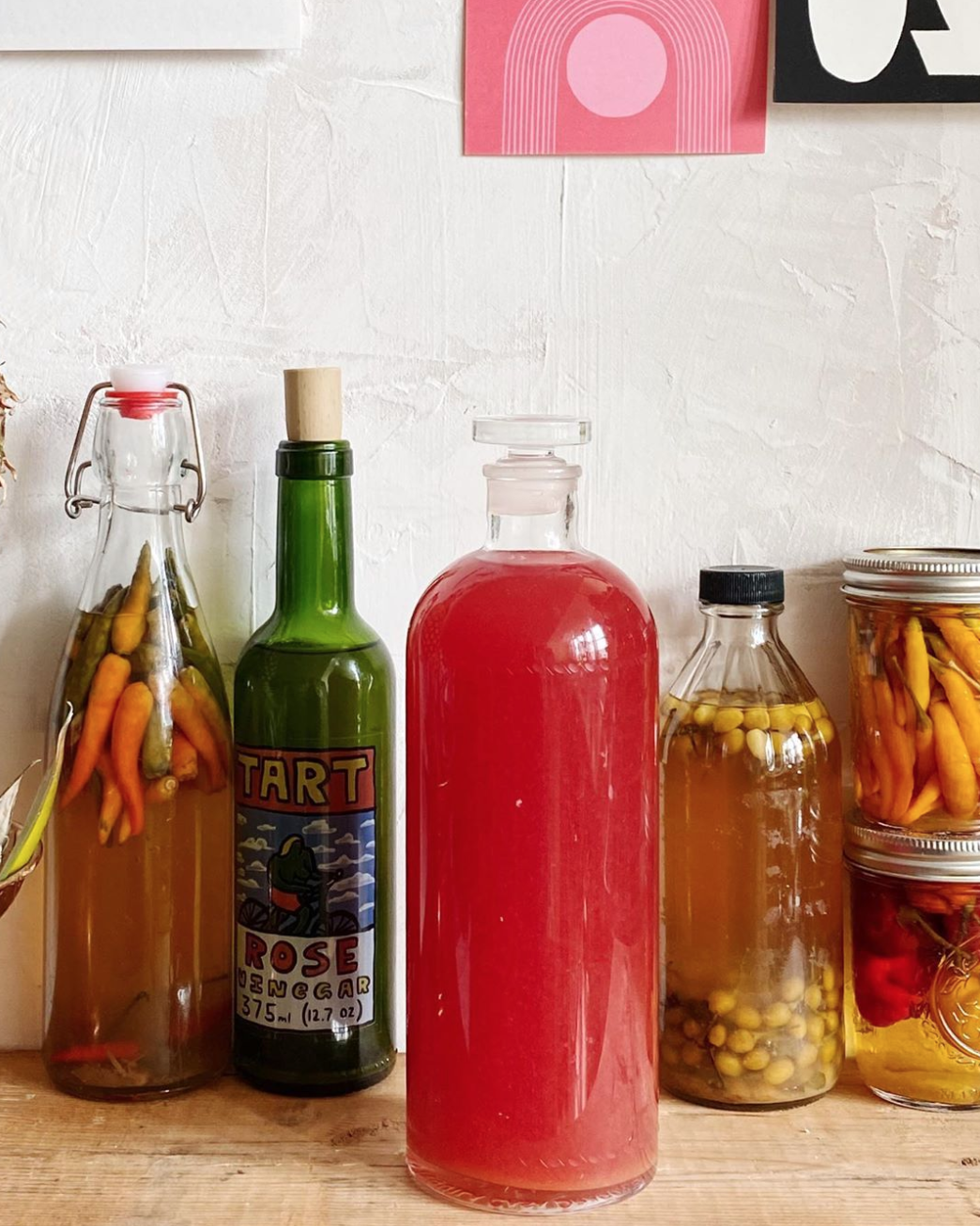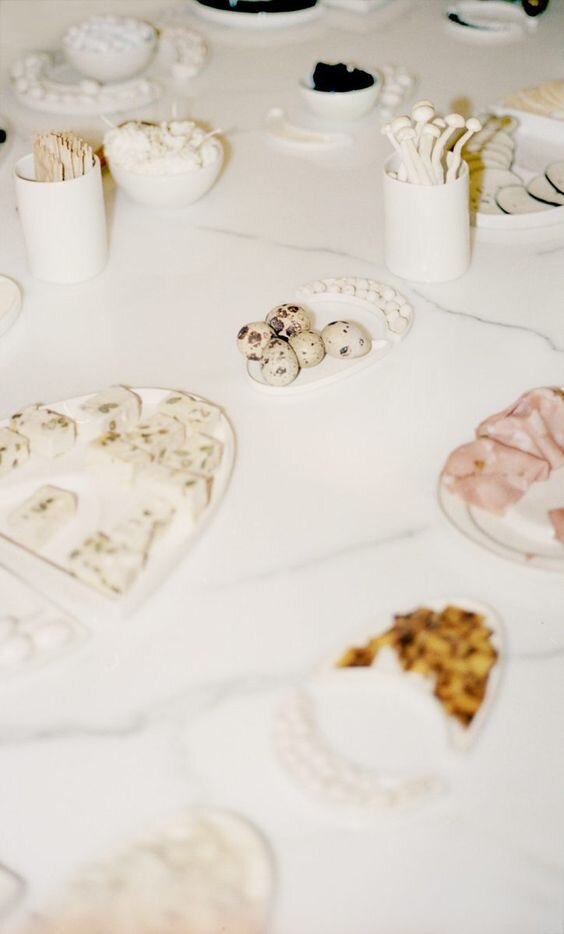Food has always been a barometer of the times. The domestication of the potato may be responsible for the exponential growth of the human population in the 1700’s and the death of a million people during the Great Famine in Ireland from 1845-1849. It has been incorporated into art to depict wealth, fertility, loyalty and lust. In Renaissance paintings, cherries and strawberries were considered the fruits of paradise; lemons, and oranges with a rose represented the Holy Trinity; and the apple, the symbol of good and evil.
Over eight hundred billion tons of rice are harvested each year, the base of many dishes around the world especially in the Middle East and Asia. A rise in the price of rice in 1918 Japan led to riots and the collapse of the Terauchi Masatake government. Countries around the world practice Culinary Diplomacy to share the values, cuisine, culture, and hospitality with the goal of creating lasting bonds between nations that transcend politics.
Food is powerful, not only on the geo-political plain but also within ourselves. It brings people together, evokes vivid memories, transports us across the world, nourishes us, it’s a form of self-expression, it comforts us and even sometimes controls us. Right now, the sounds of simmering, chopping, stirring, frying and sautéing are filling our time in isolation. The act of cooking may subconsciously be a living metaphor as we process our array of feelings during this time. It’s leading to comfortable, soulful, delicious and grounding experiences.
While large portions of world populations are struggling to afford food and don’t have what they need to feel safe, restaurants are scrambling to find ways to stay afloat, food and the feelings that come with it, no matter the conditions, are things we need right now and in perpetuity.
We have to remember that food is the great unifier, even if we are isolated at the moment. We all need to eat, but it’s the intention, effort, origin, story, and context blended with our past experiences that give food its complexity, depth, and diversity of meaning.
For this round of inspiration, we’re focusing on the life cycle of food; from a seed in the garden to an elegant tablescape, how it influences beauty and connection in our everyday lives, shapes culture, acts as a foundational participant in happiness and solace; it’s a multi-sensory experience full of limitless stories and preferences. Food, as sustenance, feeds all aspects of our essence, not simply our stomachs.
THE ART OF EATING (ALONE)
Embracing change. Returning to our roots. Casting off bullshit. These are things we ponder during times of adjustment. In looking back to look forward, the words of MFK Fisher are soothing. “Even though MFK Fisher describes her Art of Eating (1954) as a ‘period piece’ in the new introduction to a later edition of the collection, she improves her suggestions for how to eat well in times of rationing because eating well helps our culture retain a valuable identity; this advice is in recognition of principles of want and need and how the way in which these principles are met reveals our culture. In the context of the current economic squeeze that most Americans feel, Fisher’s advice rings true that ‘when we exist without thought or thanksgiving we are not men, but beasts’ (Fisher, 1954, 188). She implies that a version of world peace comes from good cooking.” See more here→
HOW TO IMAGINE: A NARRATIVE on ART, AGRICULTURE + CREATIVITY
The title of Gianfranco Baruchello’s How To Imagine: A Narrative on Art, Agriculture + Creativity caught our attention. Many have sought to reconcile the cultural disparities between an agrarian upbringing and aesthetic pursuits. Our country has developed a polarization around farming (despite our inherent reliance) — either diminishing it and making it a nearly impossible to sustain, or fetishizing it in a way that feels equally unattainable. We have not been taught to respect the hands that feed us. In 1973, Gianfranco Baruchello founded Agricola Cornelia, where farming was viewed as a work of art. As we embark on these unprecedented times, we’re revisiting the relationship between the land and creativity. See more here→
JACQUEMUS “LE MEUNIER” MENS FW2019
Jaquemus brings his agrarian roots to the forefront of nearly every collection. Models posing with sheafs of wheat, a runway down the middle of a lavender field, pedestals made of local cheeses. These are more than tropes, rather embedded in the lifestyle and livelihood of rural France. For his Mens FW2019 collection, he created a scene of models wearing his clothing eating a typical Provençal workers breakfast around a wooden table. This was inspired by the poem “Bread and Friendship” by Marcel Pagnol. Jaquemus’ ability to perfuse all aspects of his work with his upbringing on a farm in Mallemort, France has made him standout. The little things that may seem simple in a farmers life have become en vogue. It helped the world see that you don’t have to be loud to get attention. Jaquemus is setting a new path where intention, connectedness and a sense of self is king. See more here→
The online luxury fashion retailer SSENSE interviewed Jaquemus on his aesthetic origins and how his upbringing on a farm influenced his work. See more here→
FORTHECORPSE
For the Corpse is a conceptual pop-up dinner party series run by our dearest Aubrey Devin. Her instagram features compelling images paired with contextual insights around food and it’s history. (left)“In Buddhism, persimmons are symbols of transformation. Six persimmon fruits are symbols of enlightenment. The symbolism reveals that green persimmons are acrid and bitter in their immature state, they represent ignorance. As the fruit matures, it becomes sweet and represents wisdom that comes after transformation.” (right) “In Armenian mythology the pomegranate symbolizes fertility and abundance. The fruit is the Armenian symbol of life and tradition tells us that each mature pomegranate has 365 seeds, one for each day of the year.” During times of social distancing, her insights are ever-relevant as she reminds us of the importance of connecting over food; even if it is via instagram or zoom for the time being. See more here →
WHAT DOES MEMORY TASTE LIKE by BO BECH
”What Does Memory Taste Like?” shares the stories of those involved in Bo Bech’s legendary Copenhagen restaurant, Paustian, frequently called the most interesting place to eat in Europe. The book is a tribute that traces his early years and an enfant terrible. It reads as part cookbook, part memoir and includes personal anecdotes, essays from employees, guests, friends and colleagues. See more here→
李子柒 LI ZIQI KUMISS and ROASTED WHOLE LAMB MAKE YOU FEEL LIKE PARADISE
Li Ziqi is one of China’s most mysterious internet celebrities. She creates videos, mostly hosted on YouTube, documenting her meal preparation and traditional Chinese crafts. She never speaks, but the story is told through the sound of her mortar and pestle, chopping, sizzling and sounds of nature. After being mistreated by her step mother and working stressful jobs in the city, she returned to the countryside in rural Sichuan Province to take care of her grandmother where she began documenting her life as if she is in the character in her own fantasy world. The videos are mesmerizing and show how much work, place, tradition and knowledge go into cooking. See more here→
YAOYA GROCERY in MILK DECORATION
This Japanese-style grocery found on the Basque-coast was started by Aï, who studied neuroscience at MIT, and her husband Cédric Bihr, former fashion photographer. Yaoya which means “vegetable merchant” in Japanese sources produce from small local farms, works directly with neighboring craftsmen and women to produce objects for life and food, bakes fresh bread daily and sell cookies made by grannies in the neighborhood. In addition, they offer services that aren’t available in the small town like, nutrition, kinesiology, ophthalmology, yoga, shiatsu and meditation. They built an experience that is an extension of themselves, their story and values. This has lead to a new source of community connection without compromise. As we embark on the rare chance to create a new normal through this pandemic and its aftershocks, we hope that a human connection, a direct-line to producers and the thoughtfulness of what Ai and Cedric have created will become the standard. See more here→
PASTA GRANNIES
This instagram, cookbook and website of old-world pasta techniques on the verge of extinction as the generation of grannies who lovingly prepared them are reaching the end of life, is an incredible tribute and wealth of knowledge. Everyone thinks their Nonna's cooking is the best. But what will Nonna be cooking in 20 years’ time if we don’t pass down these techniques? See more here →
SIMONE + MAX ROCHA in FFFZINE
FFF Zine, by Zac Bayly and Stacia Soetantyo, explores food, fashion, culture and lifestyle through the lens of irreverence, collaboration and unbridled creativity. In their latest issue themed “The Romance of Food” they interviewed designer Simone Rocha and her brother chef Max Rocha on their shared relationship to food. Photographed by Jacob Lillis. Available for purchase at Forage Modern Workshop
MORGAN PUETT on CURATING the REFRIGERATOR
If ever there were a time to find beauty and solace in the mundane task of organizing the refrigerator, it is now. Morgan Puett, of Mildred’s Lane, sees the refrigerator as just as valid a territory for thoughtful arrangement as any other part of the house. "It makes moving through the banalities of life stimulating." See more here→
TROUTBROOK VINEYARD
If you look at this image and think, “Mmm, Italy sure is beautiful”; think again. Troutbrook Vineyard is in the heart of the Midwest and creating an incredible synthesis with their vines, gardens featuring species like the Honeynut squash (A relatively new Cornell-bred squash that has made a splash in the culinary world with early support from Dan Barber at Blue Hill at Stone Barns and subsequently from chefs around the world like Rene Redzepi of Noma says @jlblivingston) and flower CSA Northerly.Flora. Exciting to watch this season unfold. See more here →
SIR MONTY DON
Monty Don is the presenter of the long-running show Gardner’s World in the UK. The mix of his calm voice, sincerity, vulnerability and the way he communicates the simplest tasks that need to be done in his garden in full context of the ecosystem he’s building makes anyone feel they can do it in their backyard.
“A garden is not a place. It's a journey.” - Sir Monty Don
MAKE YOUR OWN SHRUBS with CAMILLE BECERRA
Shrubs, or drinking vinegars, have their origins in middle Europe in the 15th century. They have taken on many forms and attributed with a variety of health benefits (immunity!), but they truly shine as a way to preserve fruit. Domino Magazine recently featured a selection of recipes by chef Camille Becerra that show how easy and delicious the process can be. See more here →
If the process is still daunting, consider Tart Vinegar’s Rose, Celery, Marigold or Kombu vinegars to mix into sparking beverages or to drink straightaway as a health tonic. See more here →
TAKE AWAY ONLY PODCAST
This is an emergency podcast about the hospitality industry in crisis by our friends Howie + Casey Kahn. Restaurants, bars, hotels are shutting down. Jobs are vanishing. Everybody is wondering what will happen next. During this daily podcast, journalist Howie Kahn looks for answers, talking to hospitality professionals all over the world as they continue to respond to the COVID-19 pandemic. Their stories will prove to be valuable, instructive, inspiring, historical and, maybe most importantly, will serve as a reminder to people that they are not alone. TAKE AWAY ONLY isn’t just for the industry. It’s for everybody. It’s about humanity, ingenuity and taking action. Listen here →
FOOD AS ART
Laila Gohar designs unique eating experiences that take place in non-traditional settings all over the world. Using food as both an artistic medium and a tool for communication, she explores the nature of human interaction by creating convivial, multi-sensory edible events. Her work draws upon historic methods of food preparation, and as a whole, food’s role in society.
She believes that food is the most ancient carrier of culture and can be utilized to bring different kinds of people together to bond over an intimate moment in time. See more here →
BREAD with CANNELLE ET VANILLE
Bread is a staple. We knew this, and now that we are in isolation we KNOW this. Sourdough starters are being traded, flour sales are skyrocketing and if you are trying to find yeast, good luck. Aran Goyoaga has been focusing on the emotional component of food and everyday life through visual stories for years and now we look to her for recipes that show us how to bring more joy and mindfulness to the kitchen, and connection around the table, through family-friendly meals that are satisfying, yet decidedly unfussy. Her cookbook Cannelle et Vanille –Nourishing, Gluten-Free Recipes for Every Meal and Mood is a must-read. Also, follow along on her instagram as she answers all your GF bread questions in real time. Our plans to host Aran at Maison Bodega were thwarted by the current state of thing, but we look forward to the opportunity of sharing in her beautiful vision in the future. Recipes here → Purchase here → Watch here →
Julka Almquist of Field Experience hosted an event in 2019 called Phytogeography: Wheat Infrastructure. This walking tour explored how the botanical demands of a single species, Triticum aestivum has shaped the city of Minneapolis and its operations. Led by Oakland-based landscape designer and researcher MK Smaby of LandOffice. The reading list is still available online and it’s worth checking out Ingrained: A Human Bio-geography of Wheat.
Additionally, If you are looking for an incredible flour resource, check out Baker’s Field Bread & Flour, where Steve Horton closes the loop between excellent farmers, millers, and bakers like you. They are shipping during this time, so check out their Shop here →
